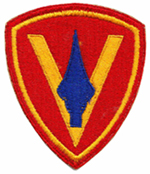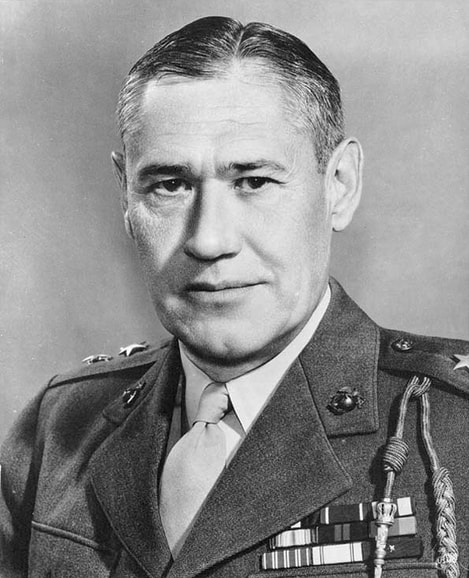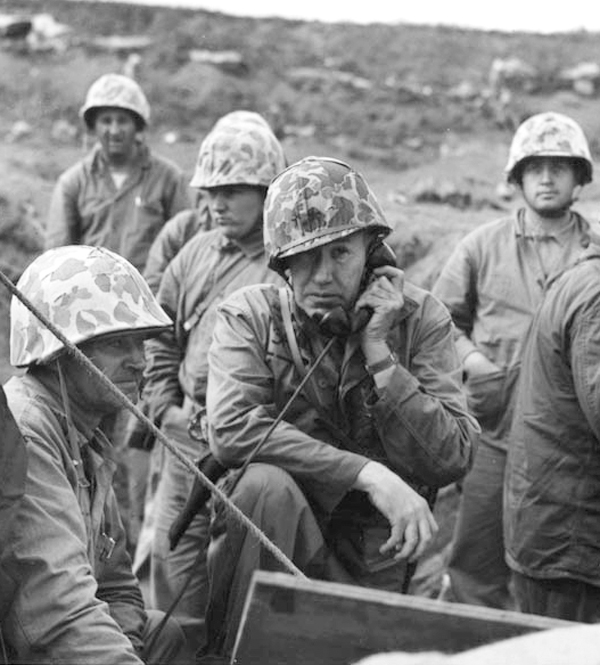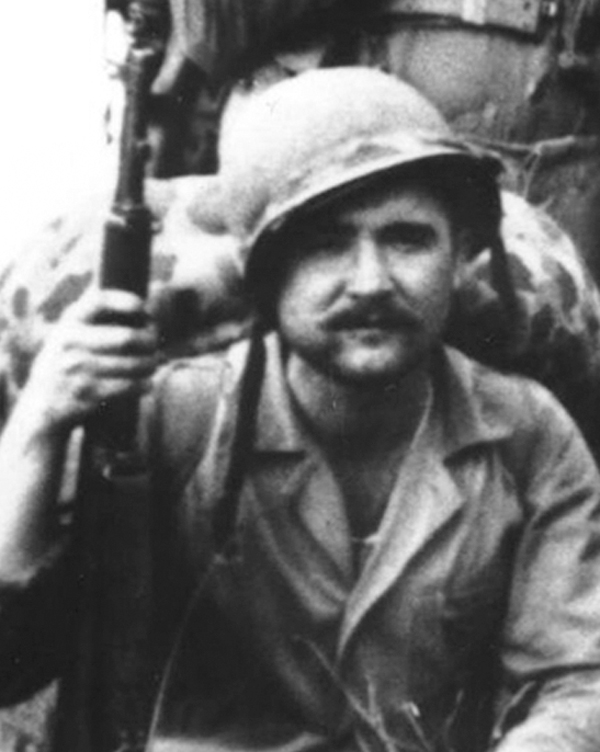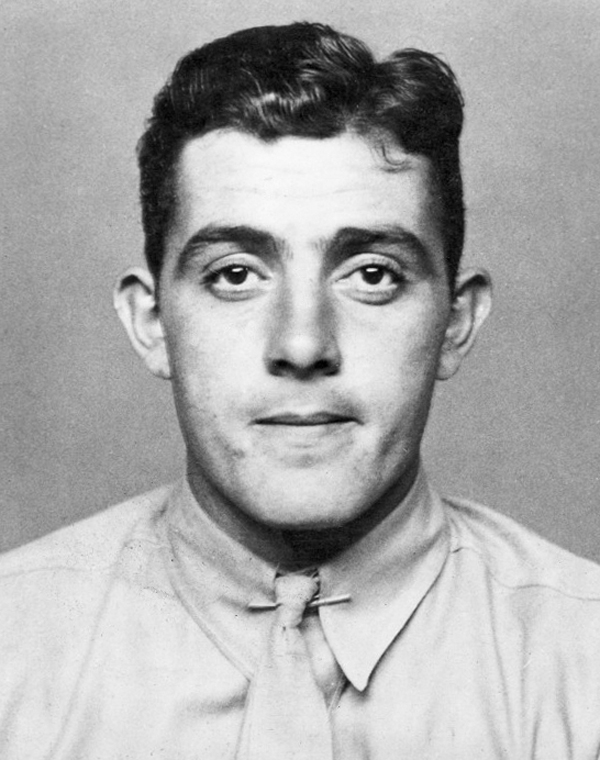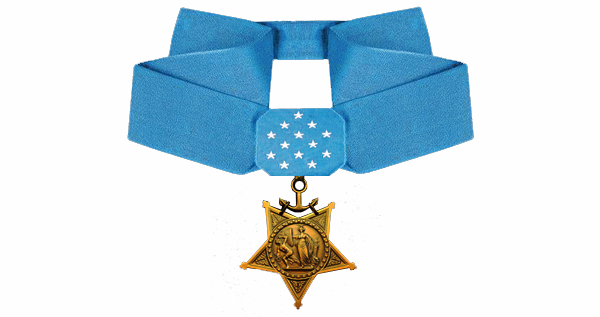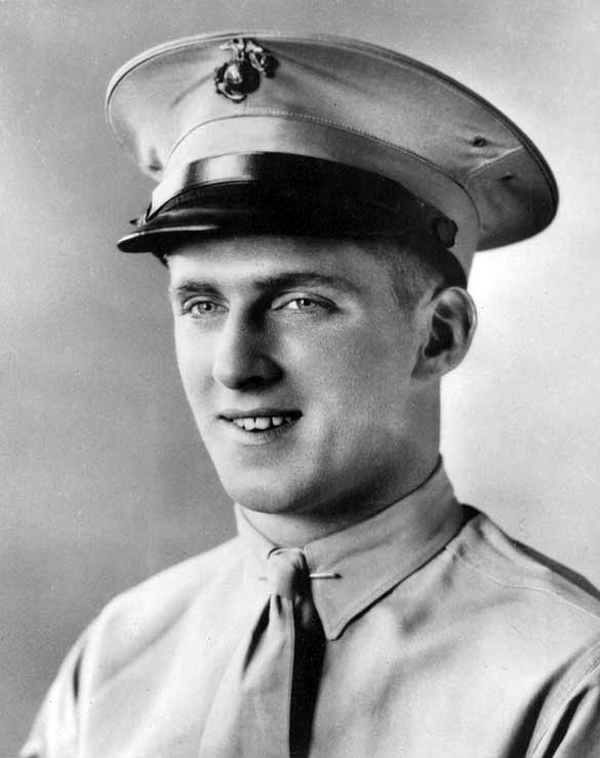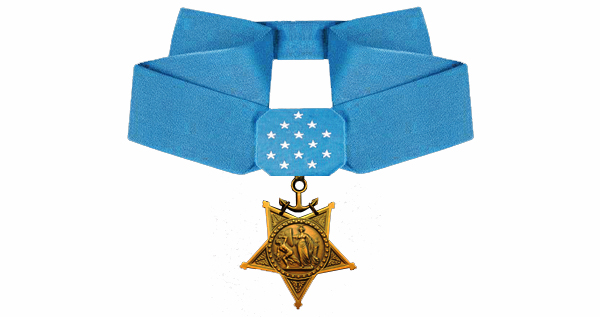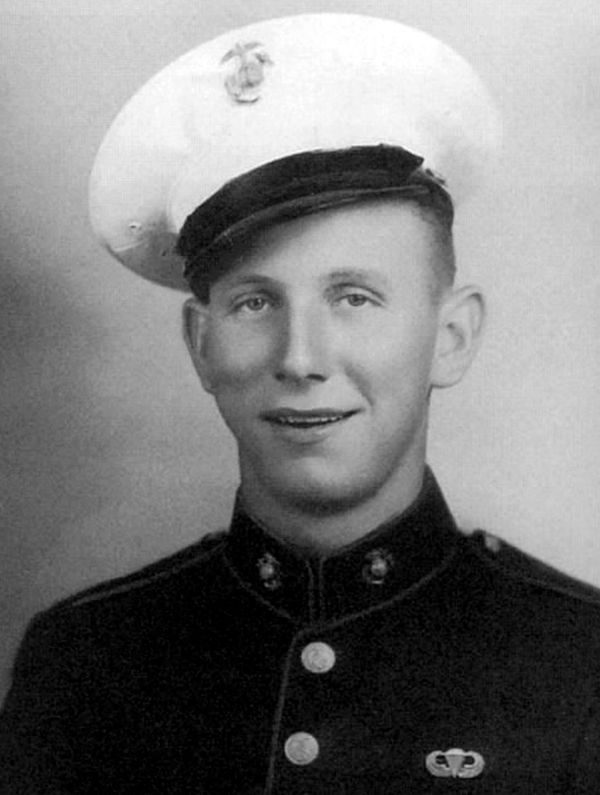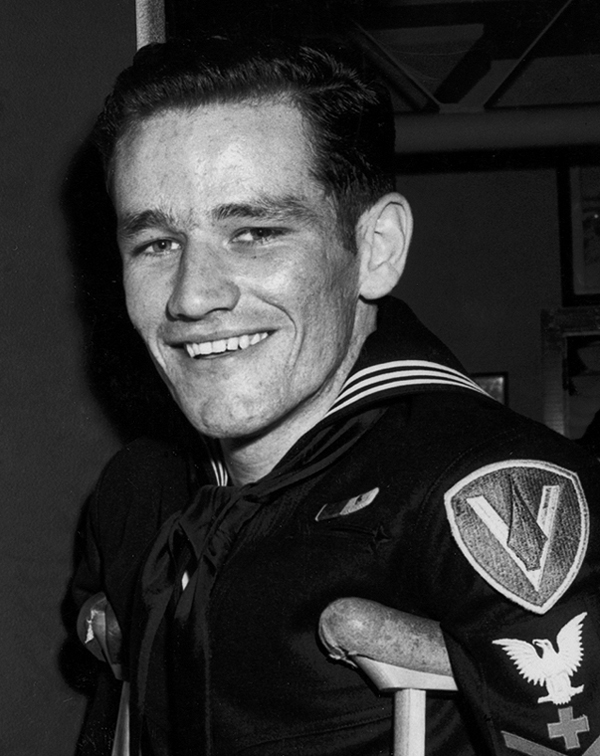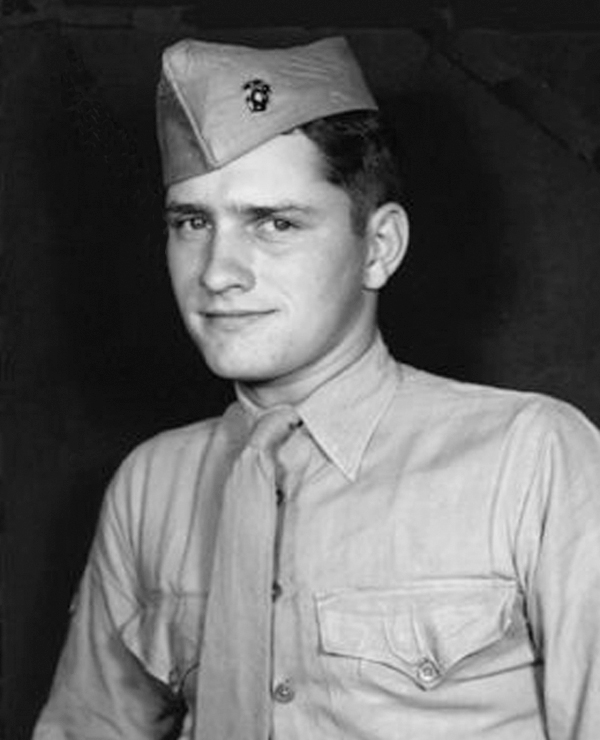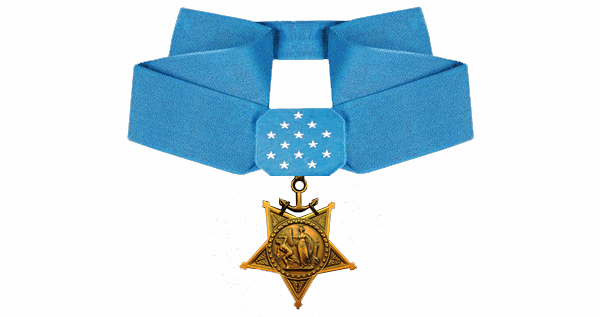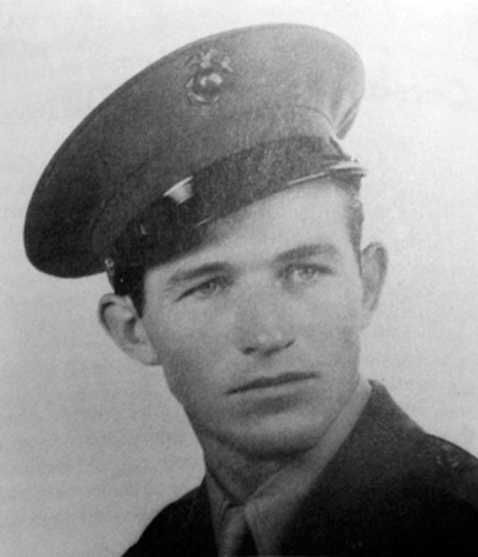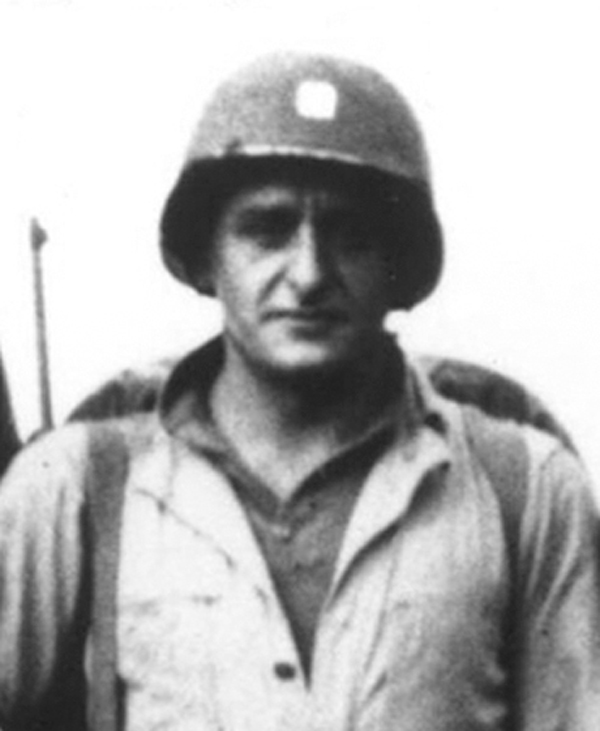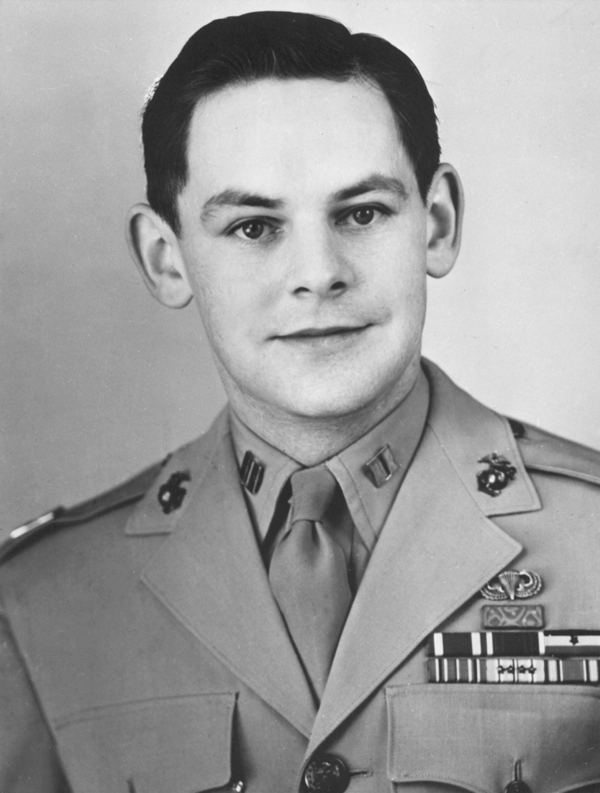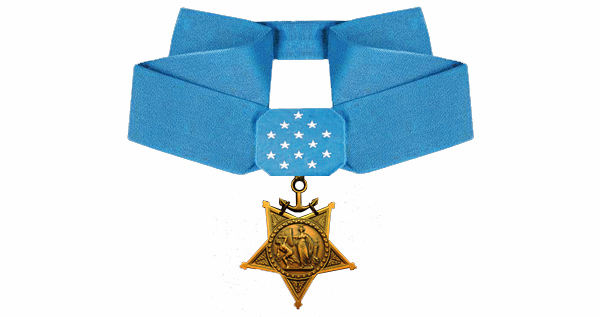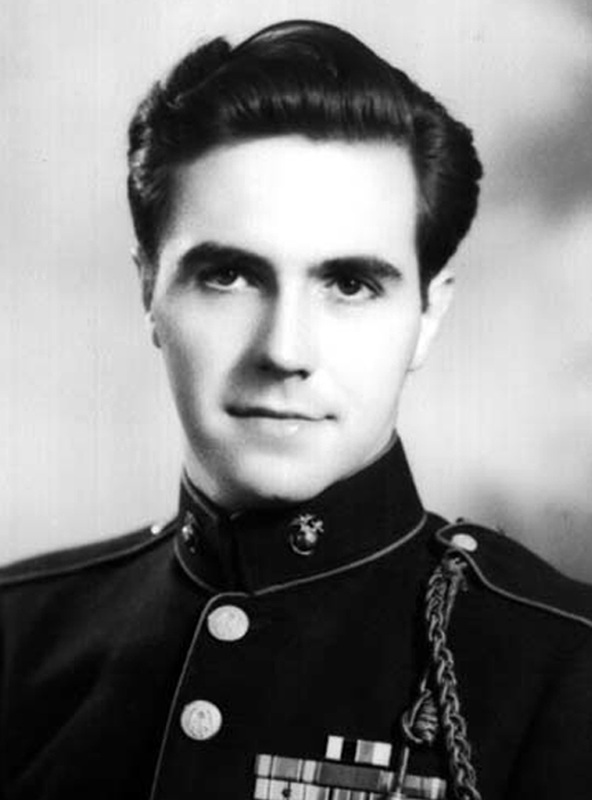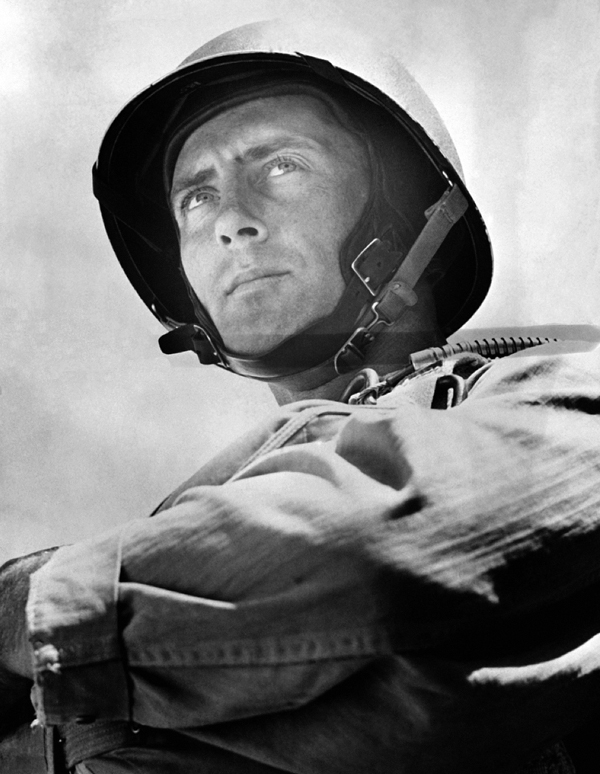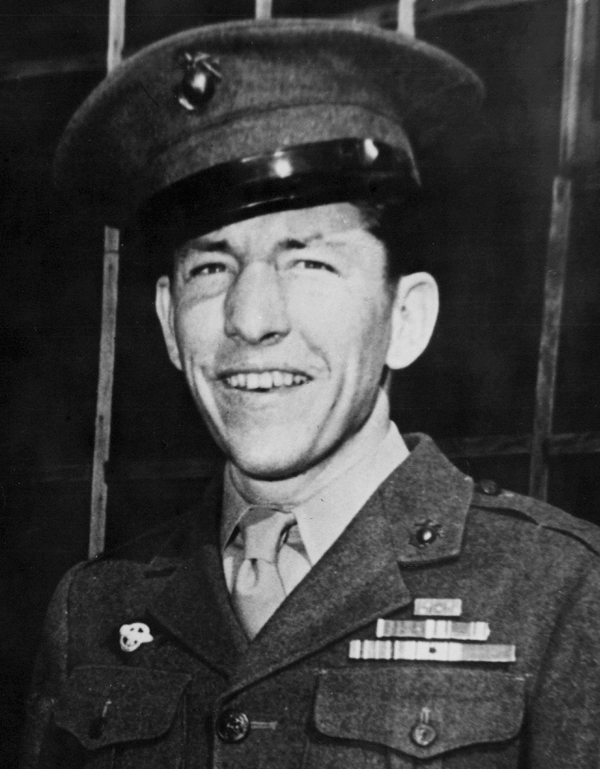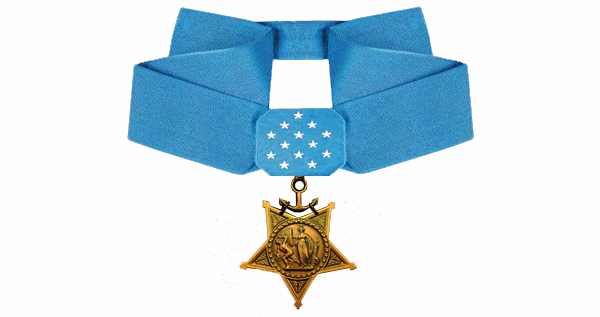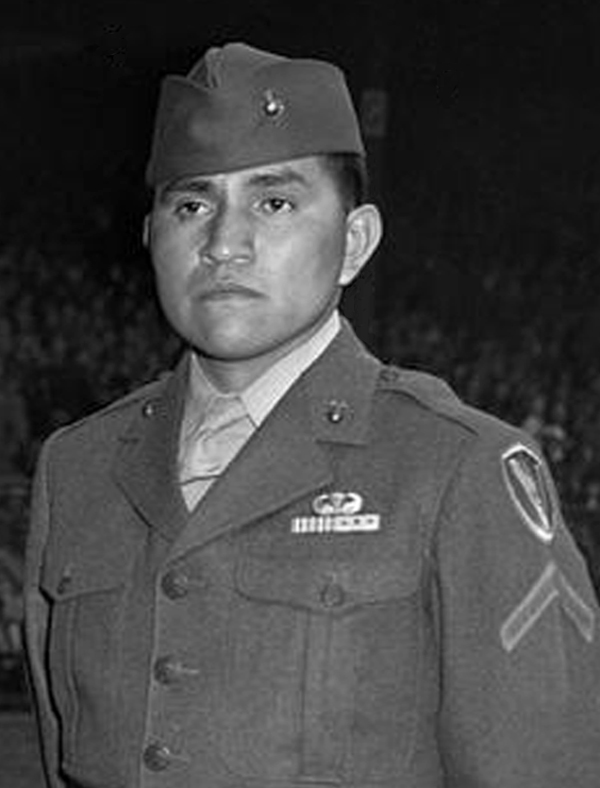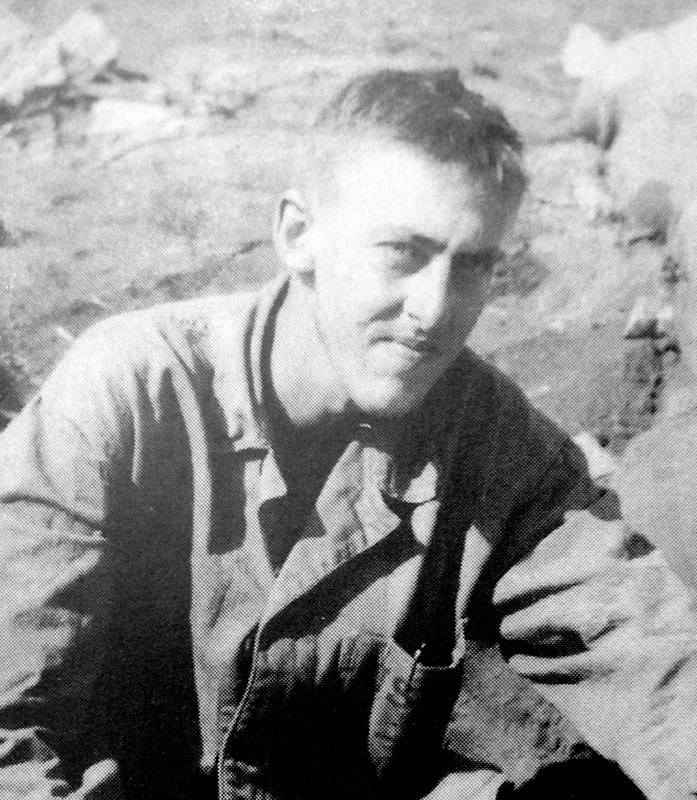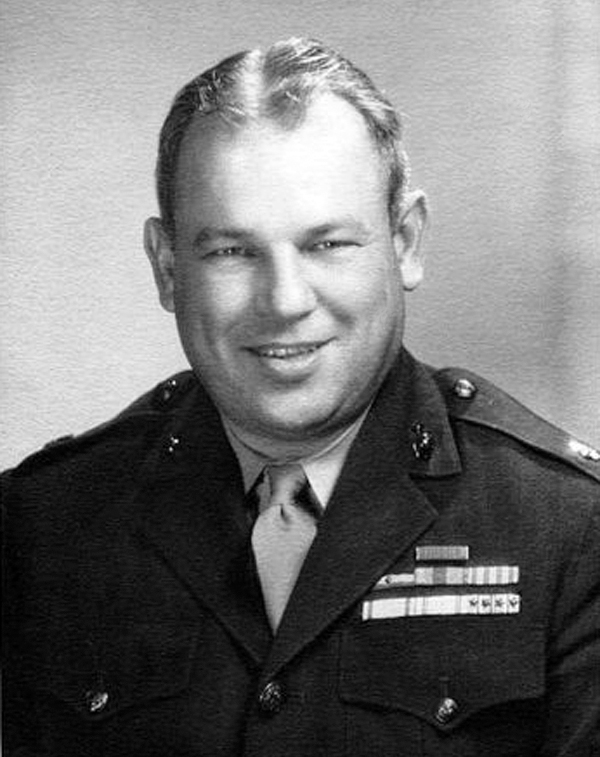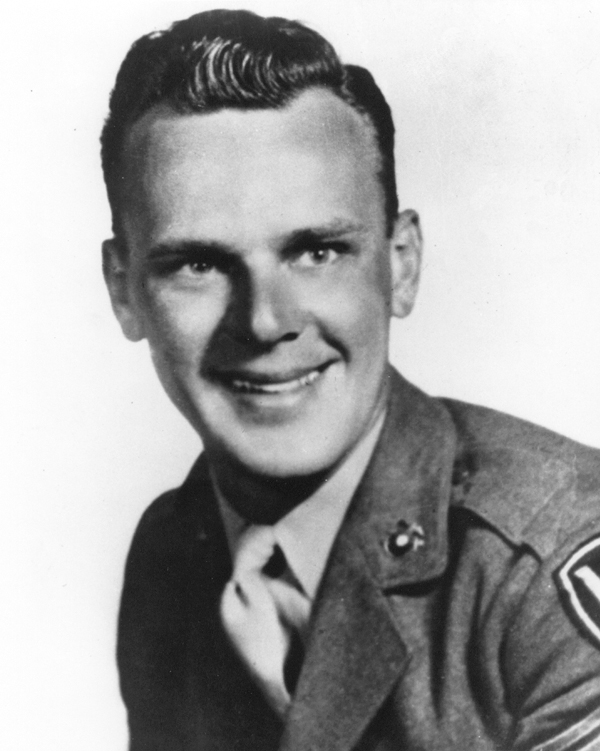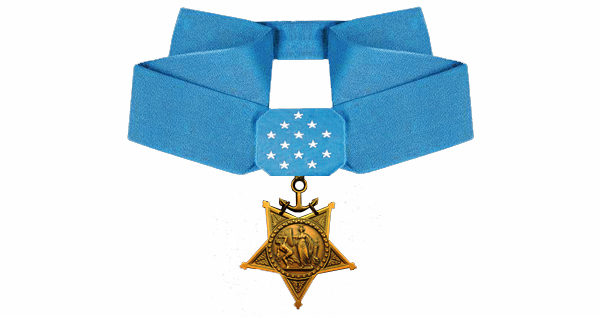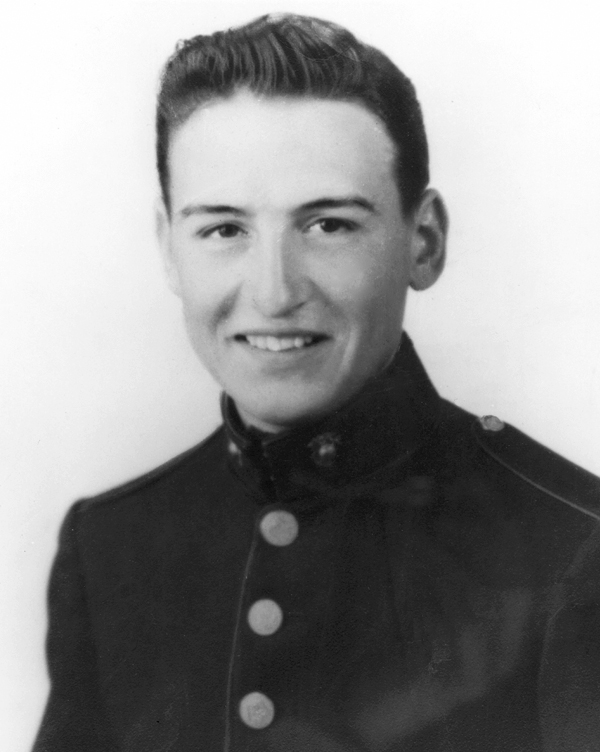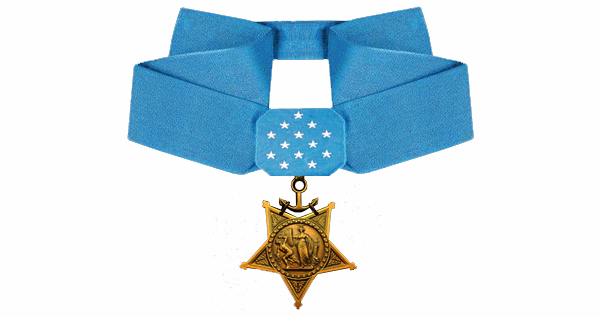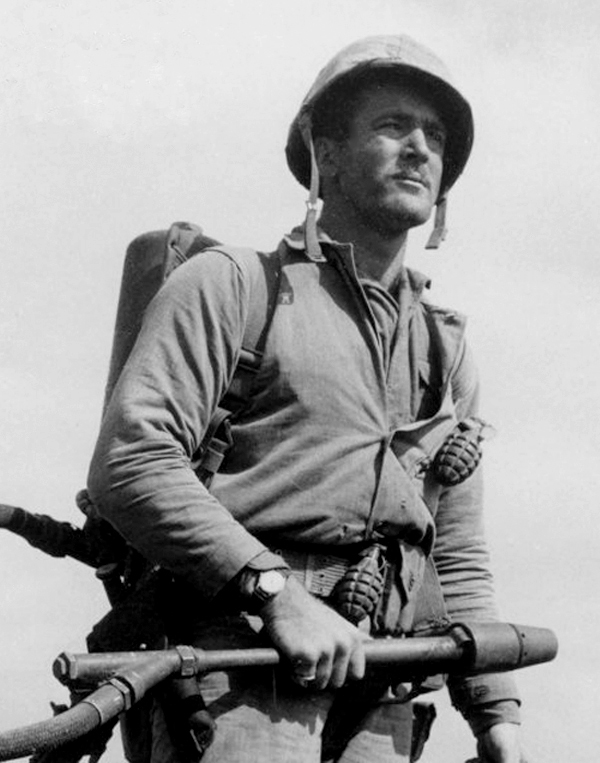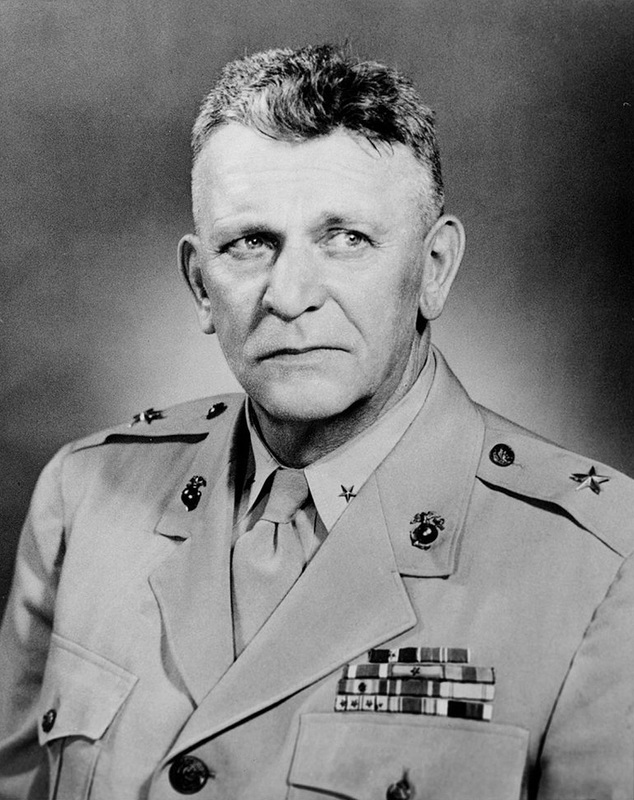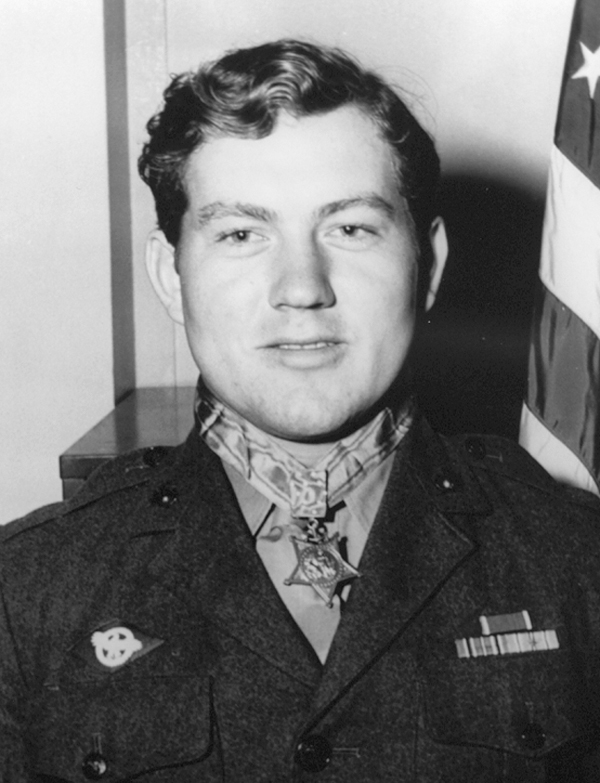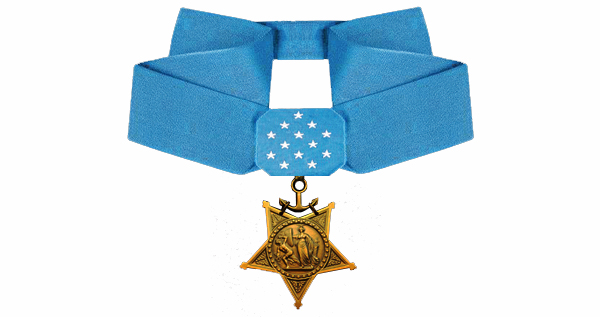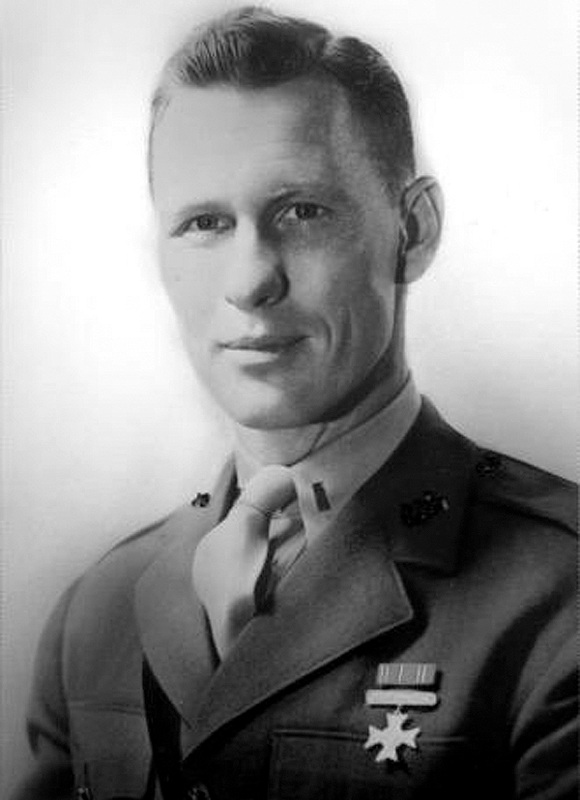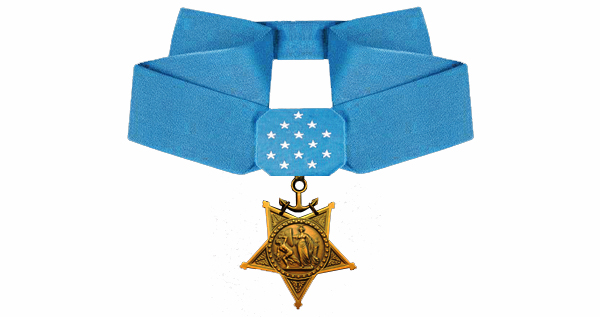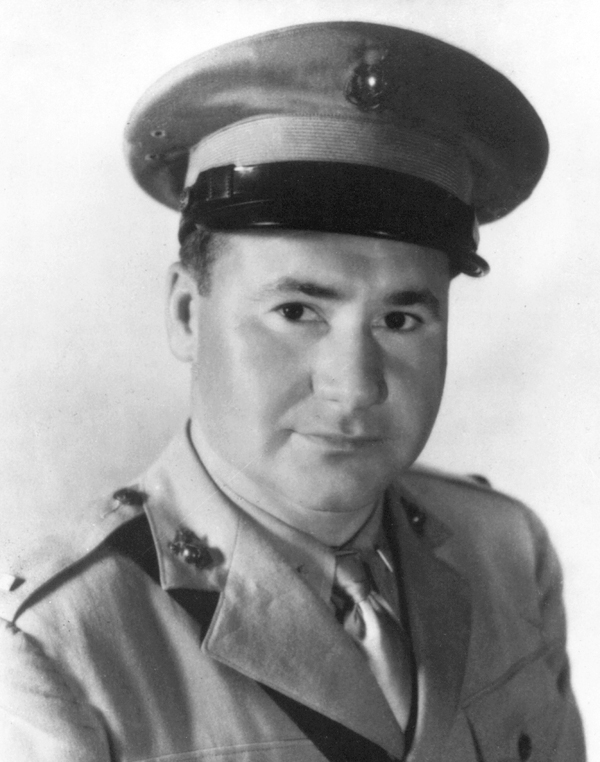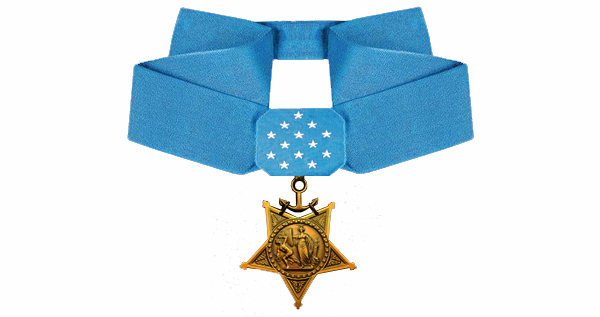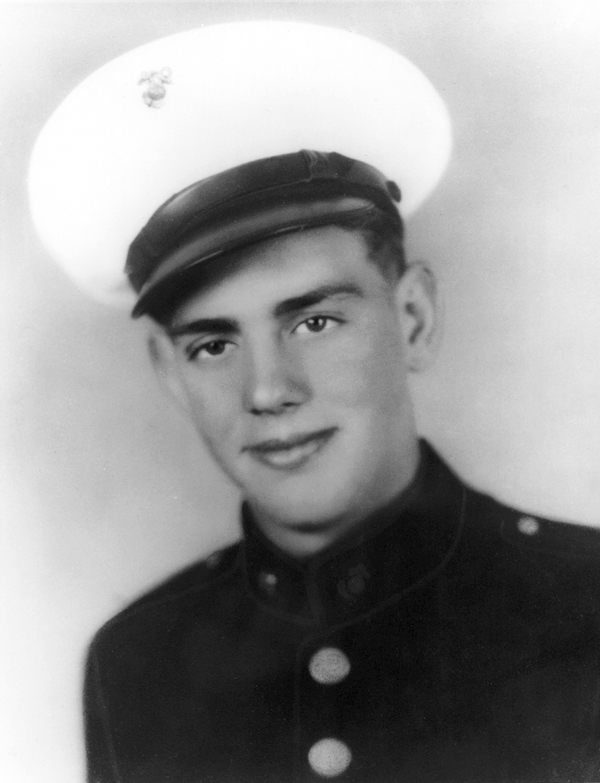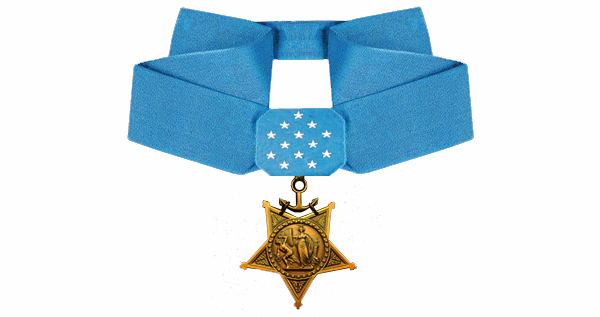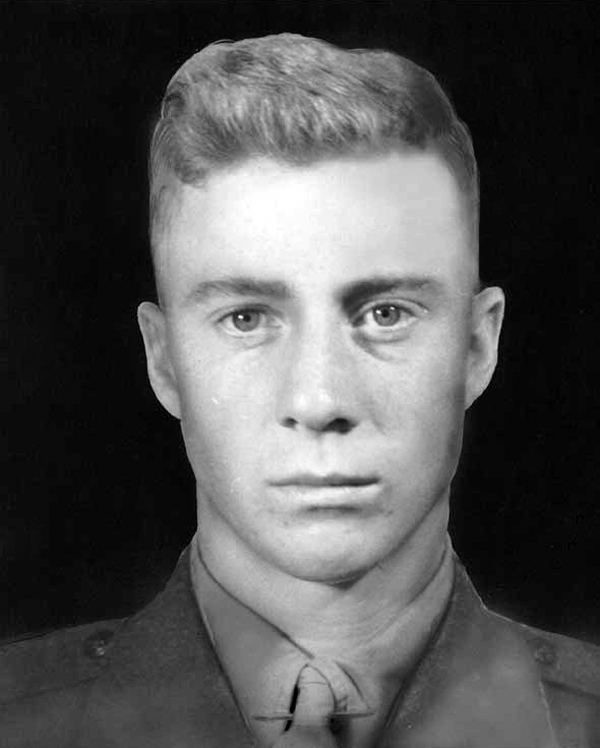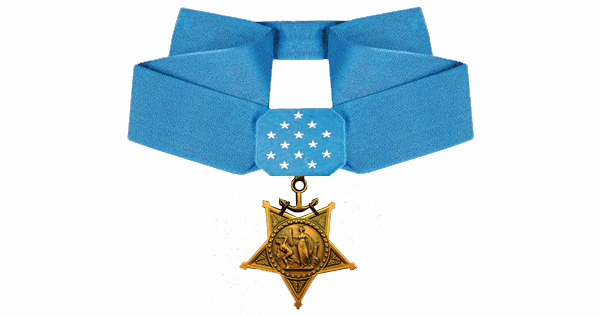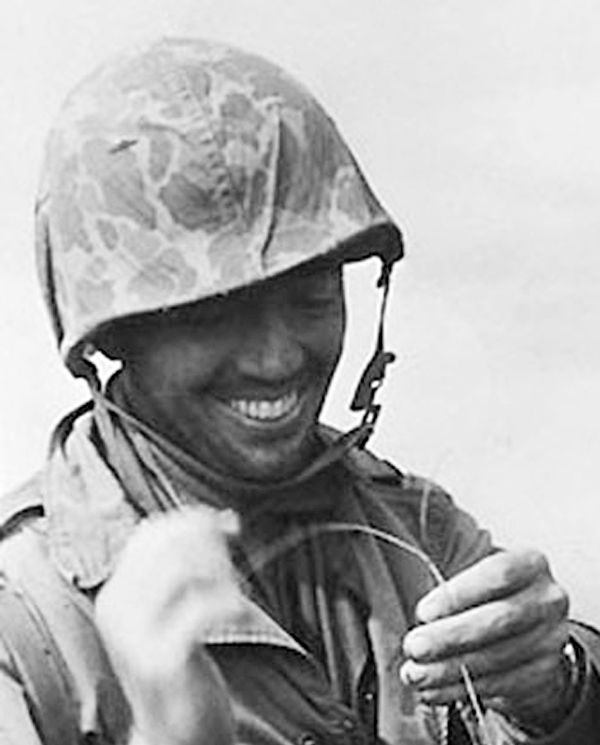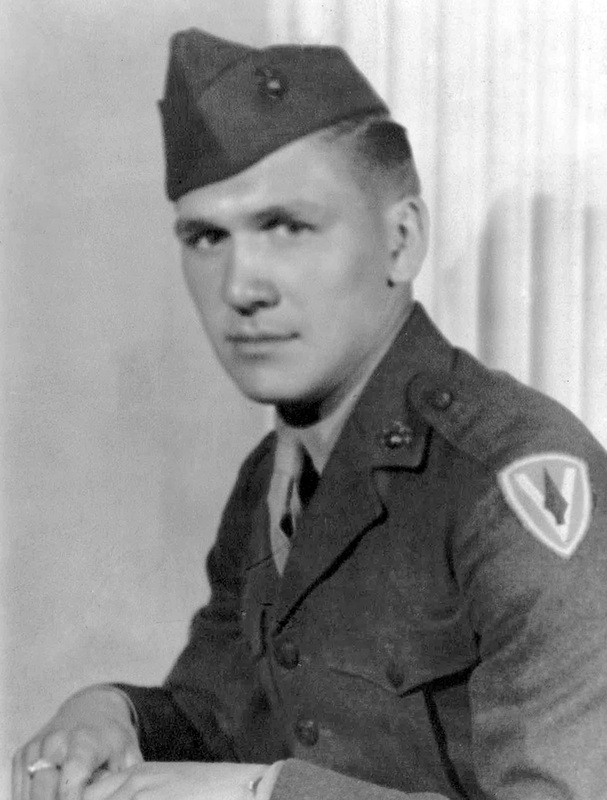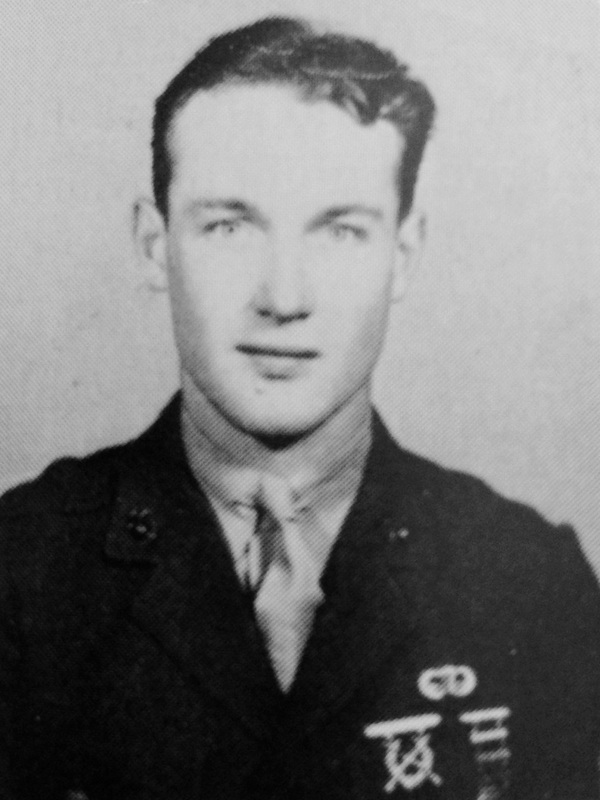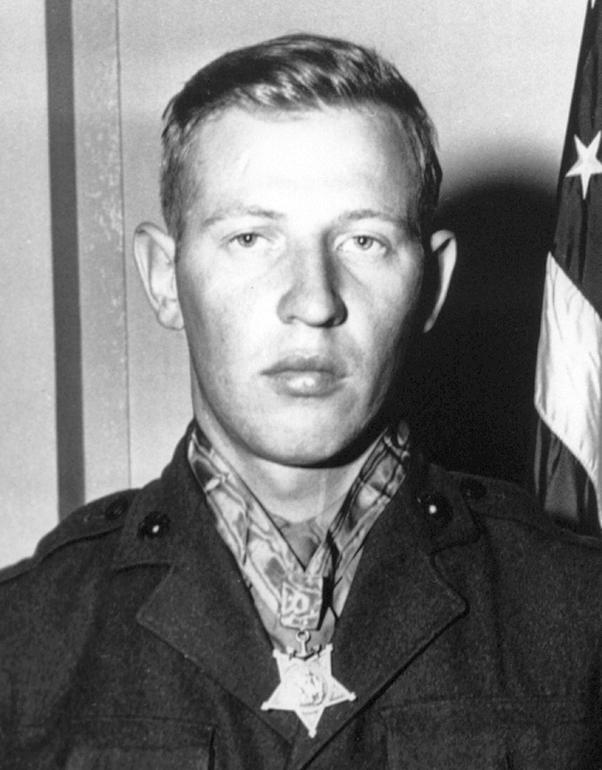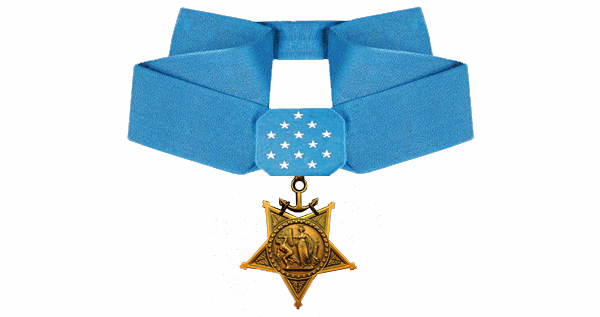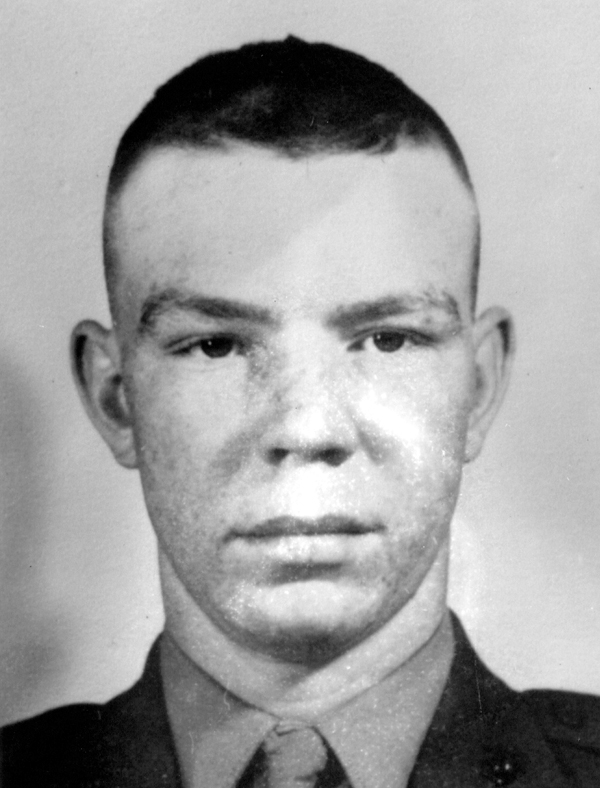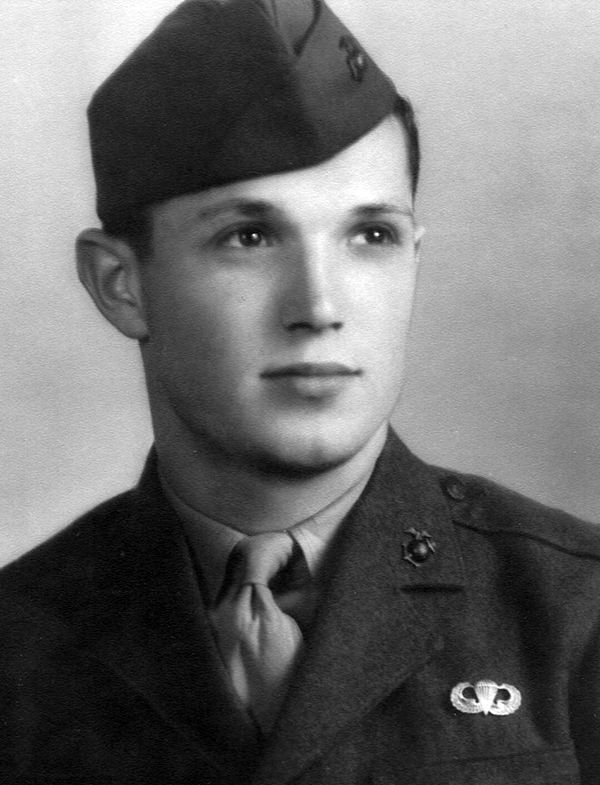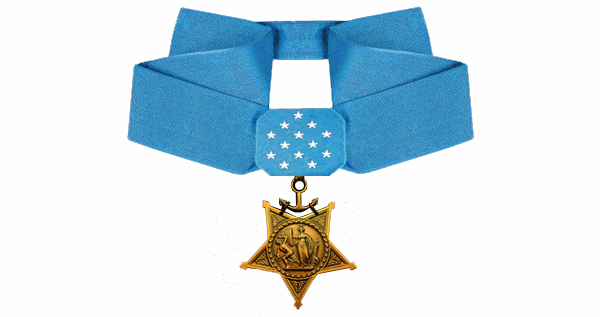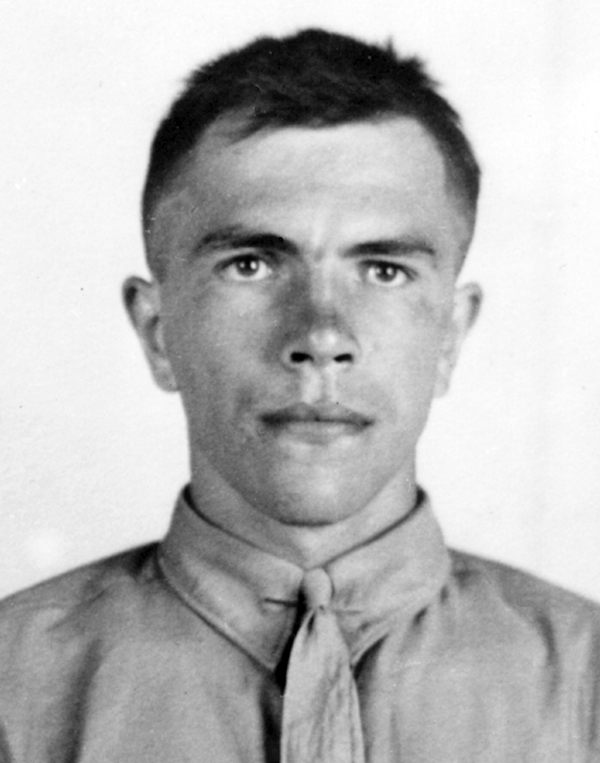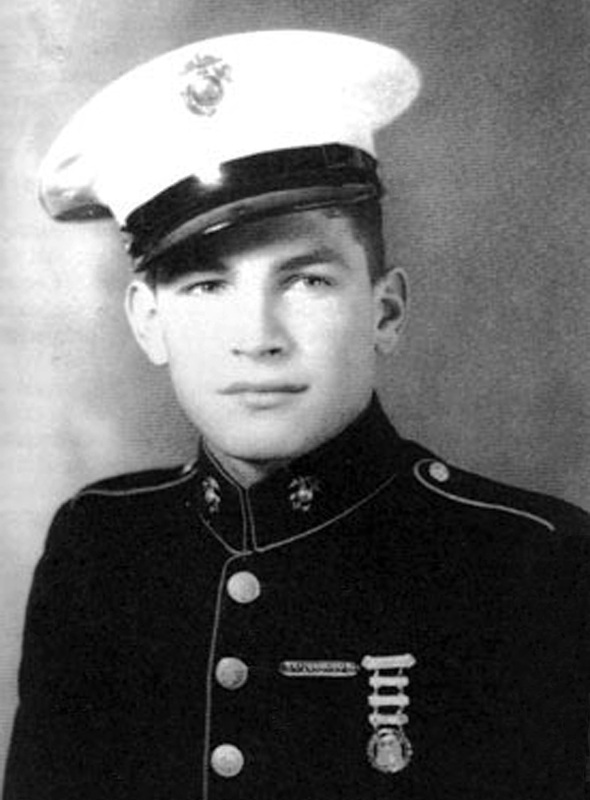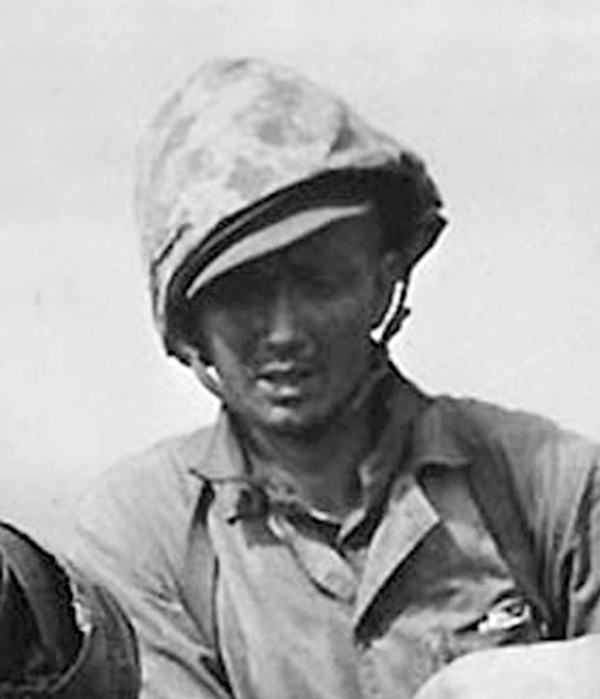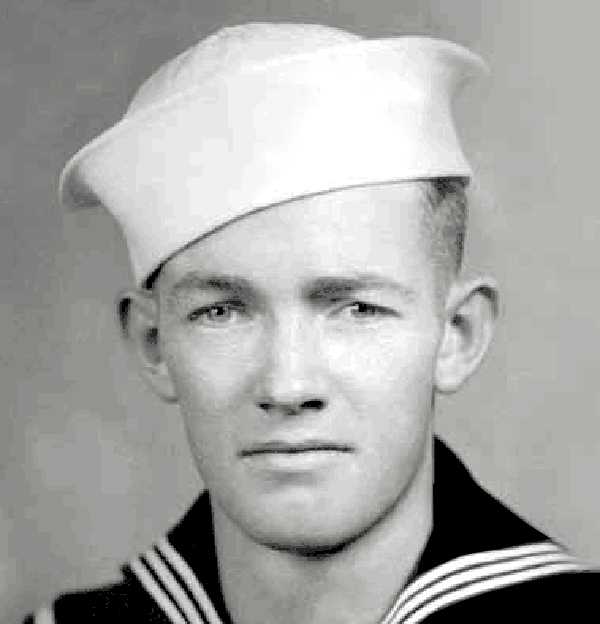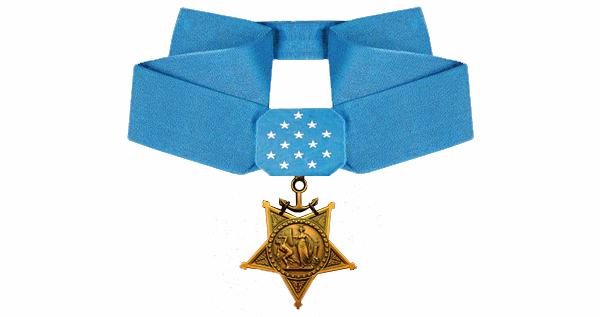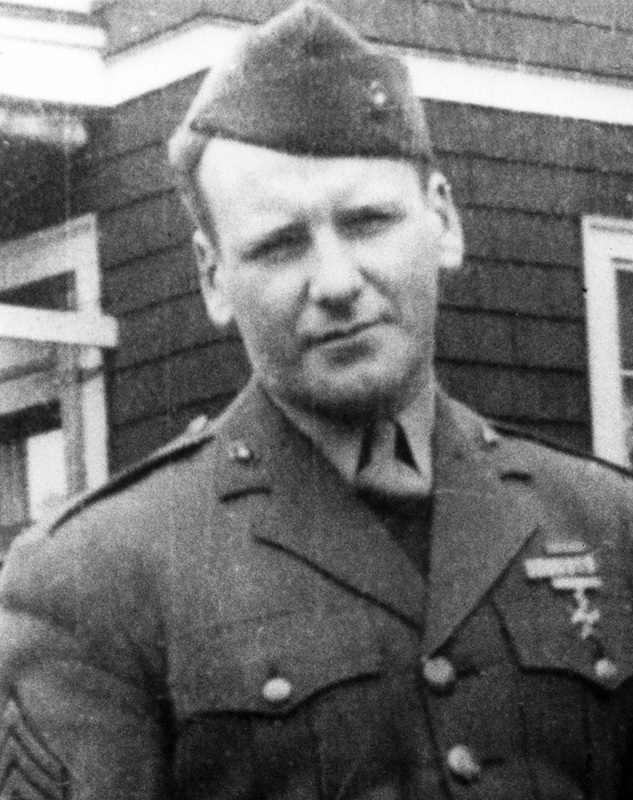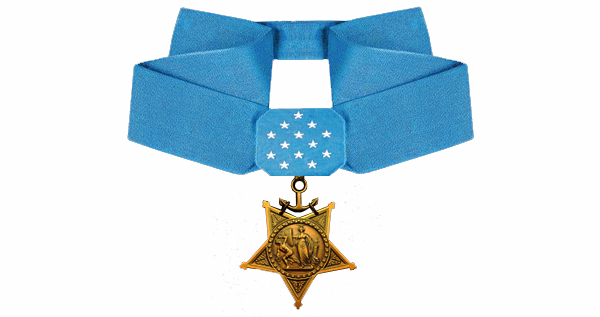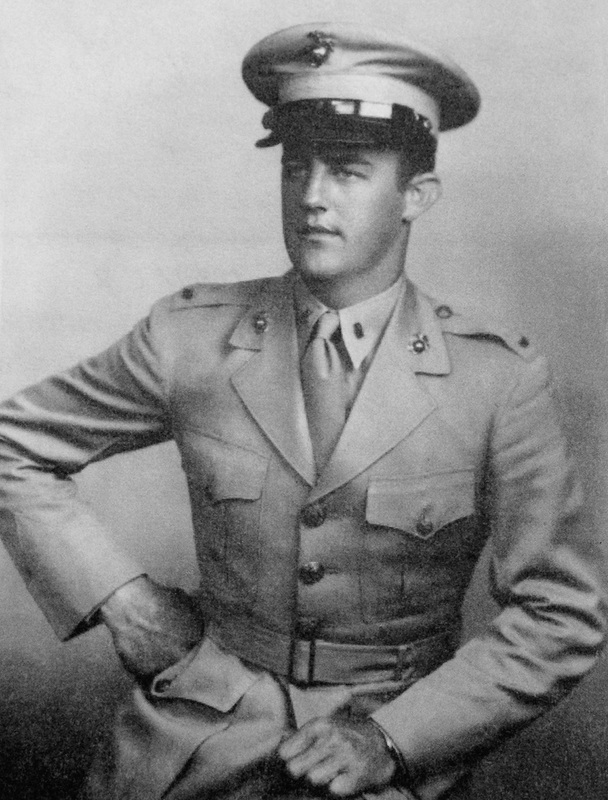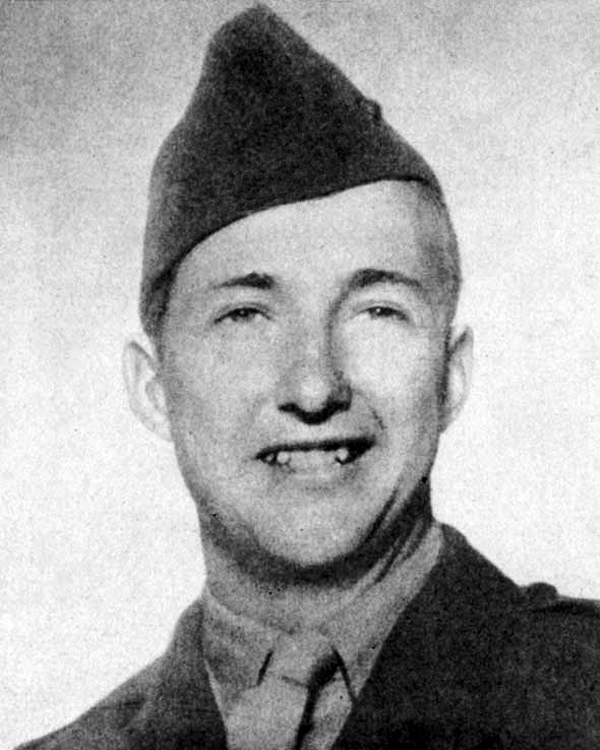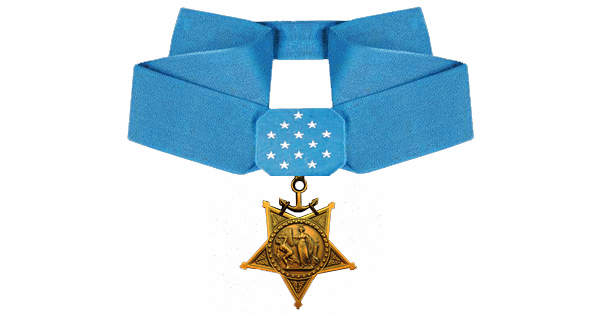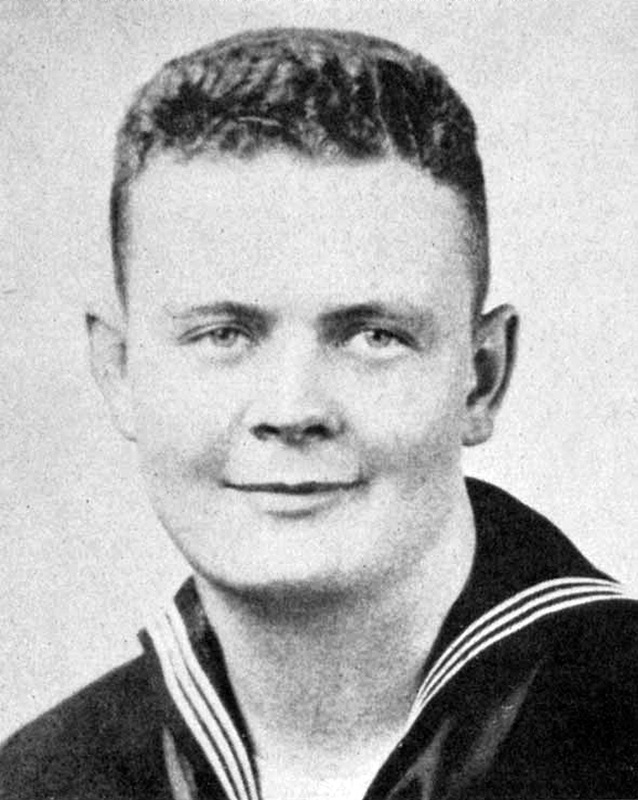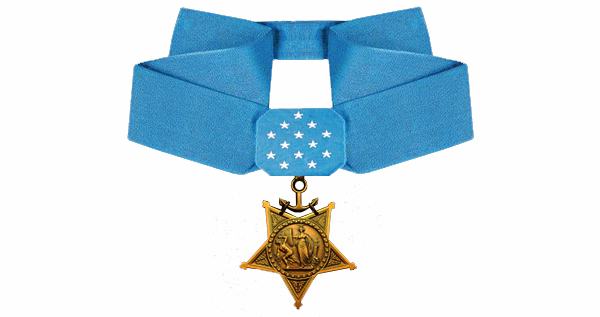Legends of the
5th marine division
Lt. General
|
sergeant
|
gunnery sergeant
|
corporal
|
corporal
|
pharmacist's mate
|
private first class
|
private first class
|
1st lieutenant angelo "charlie" conaAngelo M. "Charlie" Cona was born in Brooklyn, New York. His parents were immigrants from Italy. He was a veteran of the 1st Marine Parachute Regiment before joining the 5th Marine Division at Camp Pendleton. Cona was a Platoon Leader attached to Company H, 3rd Battalion, 26th Marines in the battle for Iwo Jima. On February 22, 1945, Cona's platoon was in an urgent situation when his decimated platoon was pinned down in assault by hostile machine-gun barrages from a pillbox near Motoyama #1. 1st Lieutenant Cona, ordering his men to follow, rushed the pillbox through a hail of Japanese bullets, firing as he ran and drawing the brunt of the hostile fire until he fell, mortally wounded. By his courage, he enabled his platoon to advance and capture the enemy position, thereby contributing materially to his company's success in that area. His bold initiative and disregard for his own safety earned him the Navy Cross. He was initially buried in Grave 631, Row 2, Plot 3 in the 5th Marine Division Cemetery. In 1947, 1st Lieutenant Cona was returned home to Holy Cross Cemetery in Brooklyn, New York.
|
captain
|
corporal
|
sergeant
|
sergeant
|
corporal
|
CAPTAIN
|
lt. colonel
|
platoon sergeant
|
private first class
|
corporal
|
COLONEL
|
private first class
|
1st lieutenant
|
1st lieutenant
|
private
|
private first class
|
1st lieutenant
|
private first class
|
captain
|
private first class
|
private first class
|
corporal
|
sergeant
|
private first class
|
platoon sergeant
|
pharmacist's mate
|
gunnery sergeant
|
1st LIEUTENANT
|
pharmacist's mate
|
pharmacist's mate
|
